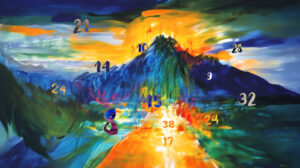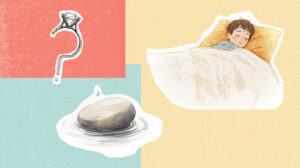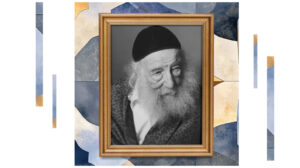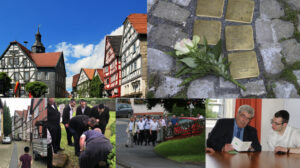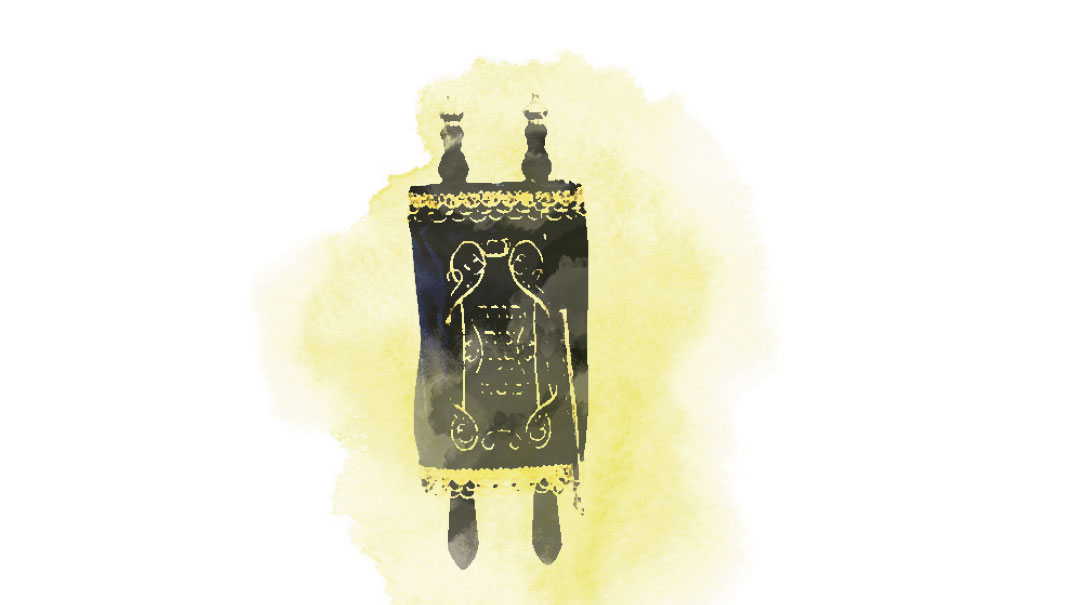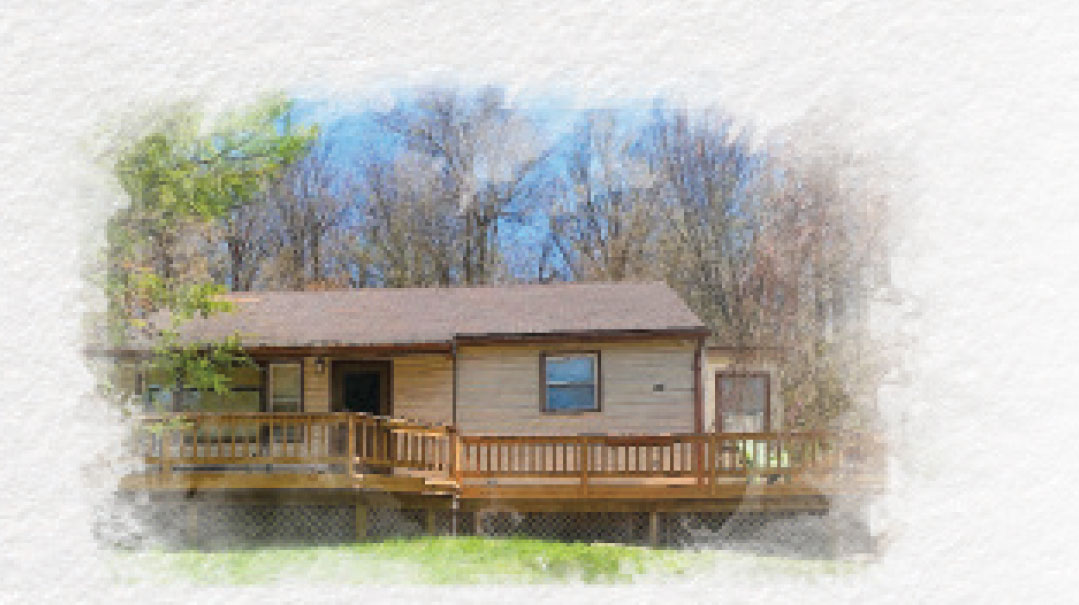No Access

When cabin fever hits, some of the most surprising excursions aren’t too far from your own backyard
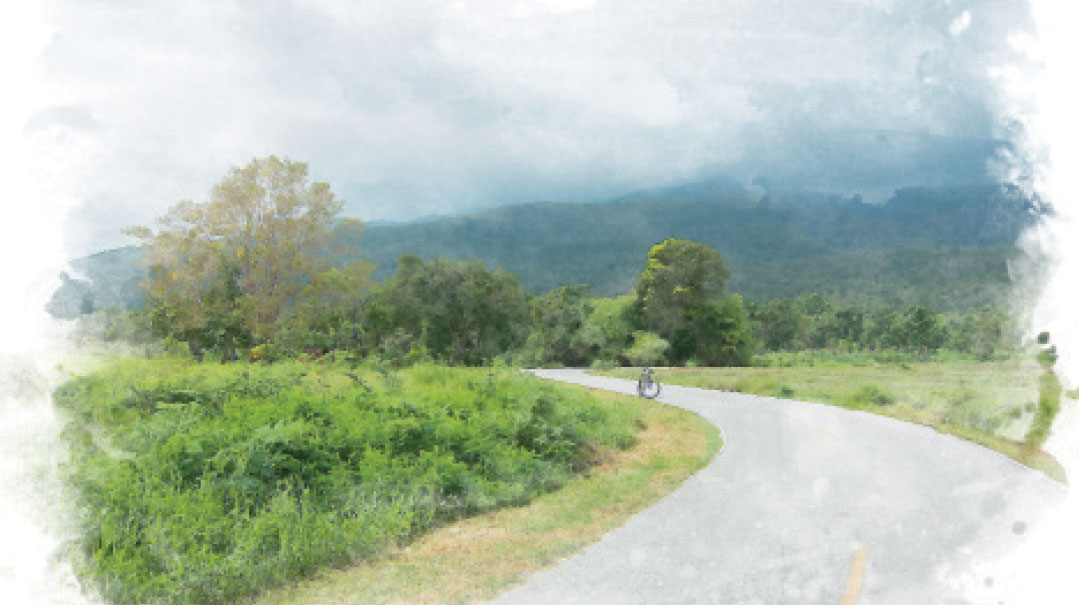
This generation is the generation of free access to the holy burial sites of the tzaddikim. It’s the era of the charter to Lizhensk, Kerestir in style, the trip to Mezhibuzh without losing Wi-Fi. The really exotic spots, the ones that you can only get to via donkey and seaplane, pop up regularly in advertisements, suddenly mainstream destinations.
I’m not much for travel, and if I feel the need, there’s Tosh, just 20 minutes away.
A few minutes on the highway, turn left through the “shtetl,” with its sweet boys in plaid shirts riding scooters and steady stream of meshulachim from all over and its strange layout — a beis medrash at the tip and then roads going this way and that like afterthoughts — and then there’s a long, unpaved dirt road to the cemetery, where the Rebbe lies.
The previous Tosher Rebbe, Rav Meshulam Feish Lowy, was niftar just short of five years ago. As a tzaddik who danced in different worlds, a poel yeshuos like tzaddikim of old, his burial place draws masses who come hoping that he will continue to intercede for them in Shamayim.
I go when I’m able. There is a certain tranquility that seems to rest there. The crowd is similar to the crowd that the Rebbe attracted during his lifetime. There are inevitably travelers from New York and elsewhere. There are the locals, those who go every single night at chatzos and others who go at dawn. There are the broken, the weary, and the lost who sit there, hour after hour, experiencing comfort they don’t get elsewhere. The Rebbe had a special bond with the Sephardim of Montreal, and I’ve walked in at night to find a festive gathering at the table near the tziyun: darboukas and arak, honey-glazed fried dough and throaty song.
Also, there has always been tefillah there. The zechus of the tzaddik is real.
I didn’t realize how much I needed those prayer excursions to Tosh until coronavirus started.
Oops! We could not locate your form.

